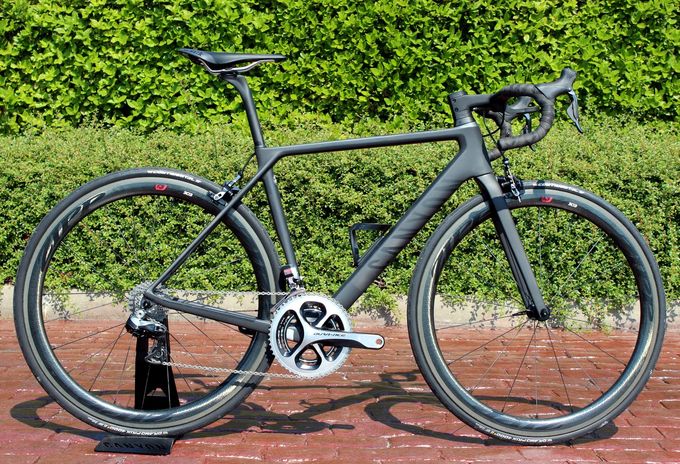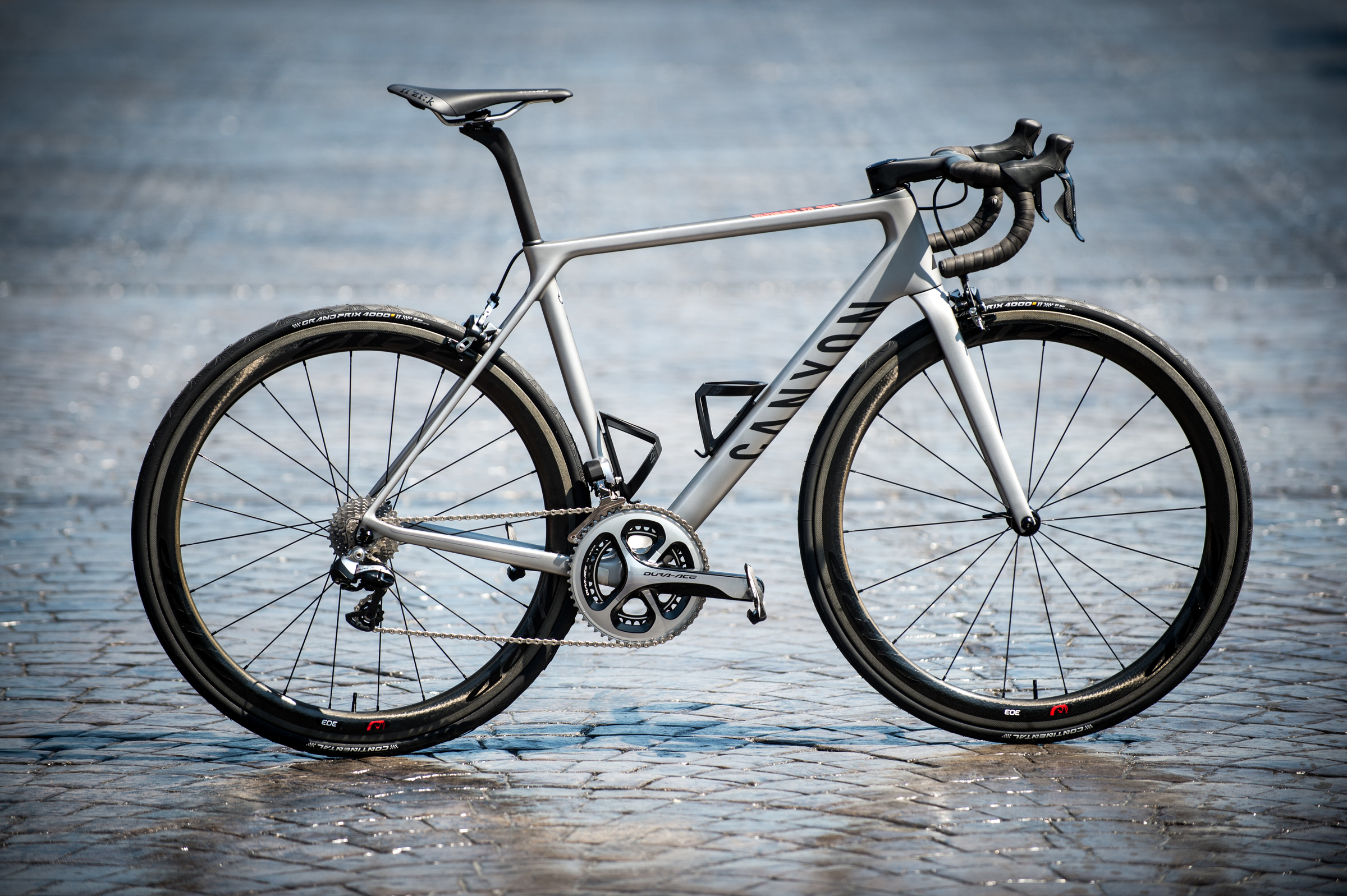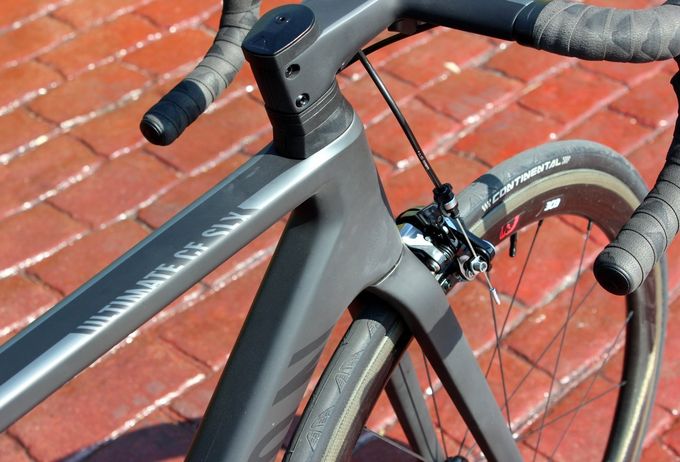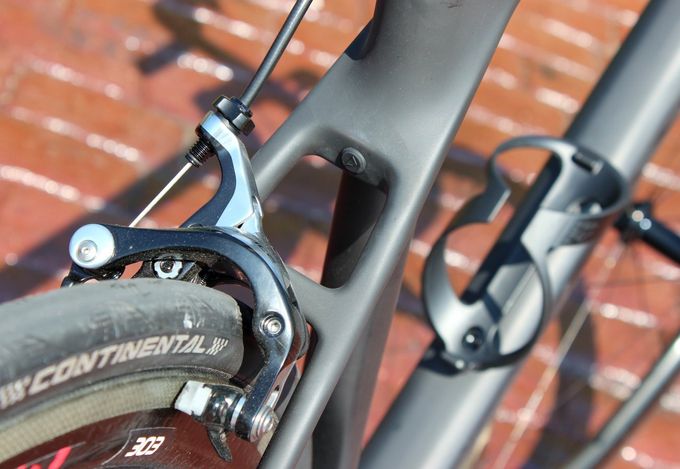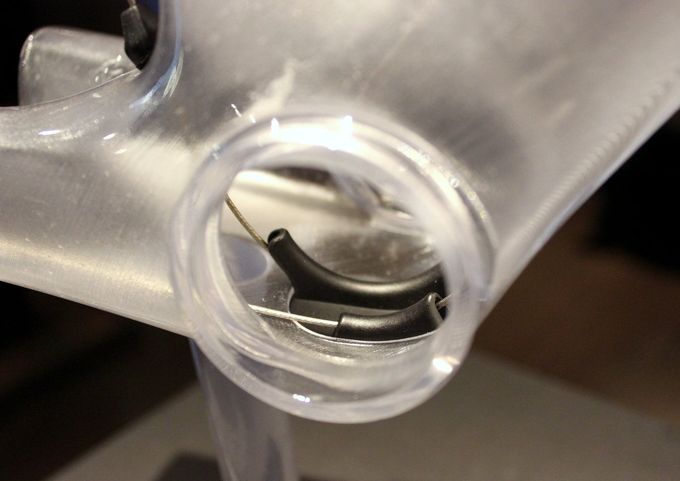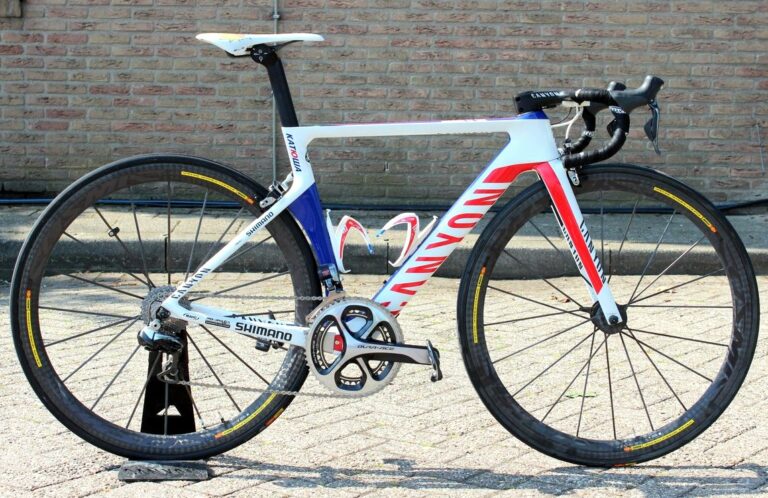First came the super-light bike, then came the aerodynamic bike, and that was followed by the endurance bike – now Canyon have sought to combine all three with the launch of the fourth generation Ultimate CF SLX, close to the Canyon-sponsored Movistar team’s headquarters in Pamplona, Spain.
The Ultimate CF SLX platform has existed for more than a decade, and it has achieved notable success in that time, with major victories from Cadel Evans’ World Championship victory in 2009 through to Nairo Quintana’s 2014 Giro d’Italia triumph. Quintana will now prepare for a tilt at the 2015 Tour de France title aboard this latest version of the Ultimate CF SLX.
The bike will be available to the public from October/November, with ten models planned, including one machine with women’s-specific components. UK pricing is to be confirmed. If you want more photos of the new Canyon Ultimate CF SLX, check out the bumper gallery at the bottom, otherwise here’s the tech lowdown…
